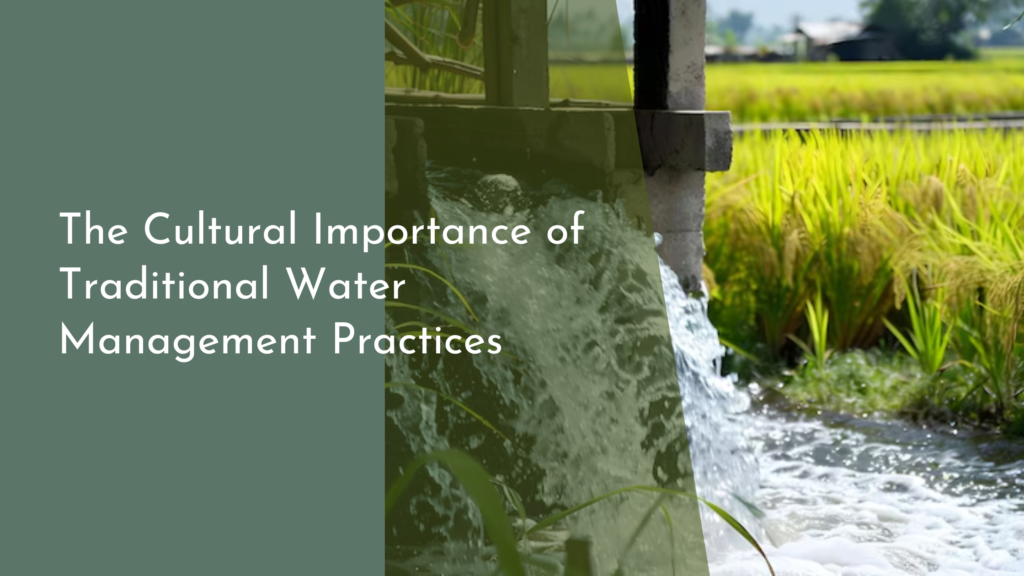Using Rainwater to Create Urban Oasis Zones in Dense Cities
As cities continue to grow and densify, the need for green spaces becomes increasingly critical to enhance urban living. One innovative solution gaining traction is the use of rainwater to create urban oasis zones. These areas not only beautify the cityscape but also provide significant environmental and social benefits. By harnessing rainwater, urban planners and communities can turn gray landscapes into vibrant, life-filled spaces that offer a respite from the bustling city life.
In this article, we will explore the transformative power of rainwater harvesting, how to design effective oasis zones, and the steps to create your own rainwater garden. We’ll also discuss the broader community impact of these initiatives, emphasizing how they can foster a sense of connectivity and well-being among urban dwellers.
Transforming Urban Spaces: The Benefits of Rainwater Harvesting
Rainwater harvesting is not just a sustainable practice; it also serves as a catalyst for positive change in urban environments. By capturing and utilizing rainwater, cities can dramatically reduce stormwater runoff, which often leads to flooding and pollution in waterways. This practice supports natural water cycles, helping to replenish groundwater and mitigate the urban heat island effect. Additionally, it provides a reliable water source for irrigation and landscaping, promoting the growth of greenery in otherwise concrete-dominated areas.
Moreover, the aesthetic enhancement of urban spaces through rainwater oasis zones can lead to increased property values and improved community morale. Studies have shown that green spaces contribute significantly to mental health and well-being, offering a calming influence in the midst of urban chaos. By transforming previously neglected areas into lush gardens and parks, cities can create inviting environments that encourage outdoor activities and social interactions.
Designing Oasis Zones: Integrating Nature into City Life
The design of oasis zones requires a thoughtful approach that considers both ecological and community needs. Elements such as native plants, permeable surfaces, and rain gardens can be strategically incorporated to create habitats for local wildlife while enhancing the visual appeal of the area. These designs can be tailored to fit various urban settings, from small pockets of green within neighborhoods to larger community parks. The focus on biodiversity is essential, as it helps to foster ecosystems that thrive even in densely populated areas.
In addition to ecological considerations, community input is vital in the design process. Engaging local residents in discussions about their needs and desires for such spaces can lead to more vibrant and meaningful oasis zones. Whether it’s a children’s play area, a walking path, or a meditation garden, designs that reflect the community’s culture and values will encourage greater usage and stewardship, ensuring these zones become cherished parts of urban life.
Step-by-Step: Creating Your Own Rainwater Garden
Creating a rainwater garden is an achievable project for individuals and communities alike. The first step involves selecting a suitable location that collects runoff from roofs or paved areas. Once a site is chosen, it’s essential to dig a shallow depression that will serve as the garden’s basin. This basin will help to slow down the flow of rainwater and allow it to percolate into the soil where it can nourish plants.
Next, choose native plants that can thrive in wet and dry conditions, as well as help filter pollutants from the runoff. Species like ferns, wildflowers, and ornamental grasses are excellent choices. After planting, it’s crucial to maintain the garden by removing debris and monitoring plant health. With time, your rainwater garden will flourish, transforming a simple area into a vibrant habitat and a source of pride for the community.
Community Impact: How Rainwater Oasis Zones Benefit All
The establishment of rainwater oasis zones has profound implications for community well-being. These spaces provide not only a place for recreation and relaxation but also foster a sense of belonging among residents. When communities come together to create and maintain these areas, a shared commitment develops, strengthening community ties and encouraging volunteerism. Events like community planting days or educational workshops further enhance engagement, connecting people to both nature and each other.
Additionally, rainwater oasis zones can have significant environmental benefits that extend beyond their immediate vicinity. By promoting biodiversity and improving air quality, these areas contribute to a healthier urban ecosystem. They also serve as educational platforms to raise awareness about sustainable practices and water conservation. Ultimately, the creation of these zones represents a collective step toward more resilient and sustainable urban habitats, benefiting the entire community for generations to come.
Utilizing rainwater to create urban oasis zones is a delightful and impactful way to reimagine city living. By transforming unused space into vibrant gardens, cities can provide a breath of fresh air, enhancing the quality of life for all residents. As we embrace innovative solutions like rainwater harvesting, we not only beautify our cities but also build stronger, more connected communities. So, why not take a step towards creating your own oasis? Together, we can cultivate greener, happier urban spaces!


